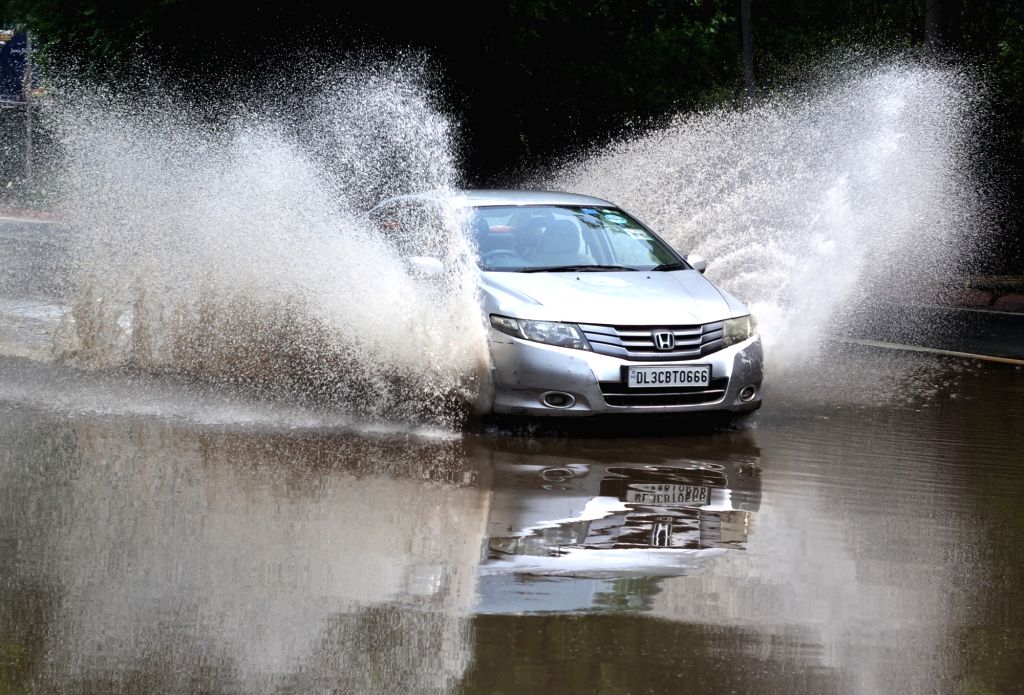Monsoon brings relief from the scorching Indian heat, watching the rain pour down from the window while listening to old Hindi songs and eating pakoras is a feeling that brings us joy. However, with that lovely downpour comes a massive headache dubbed “Driving in Monsoon”. Driving in monsoon can be a real pain. But here are a few tips which can help you tackle the monsoon conditions.
1. Check Your Wipers
Number one thing that one should do at all times whether its monsoon or not, is check your wipers. Because it can rain anytime monsoon or not, and it is hazardous to drive with faulty wipers. Worn-out wiper blade can obstruct your view during heavy rainfall, reducing visibility and increasing the risk of accidents. Therefore, it’s crucial to regularly inspect and maintain your wipers to ensure they are in good working condition. One can inspect wiper blades every few weeks to insure it is clean, working properly and not damaged.
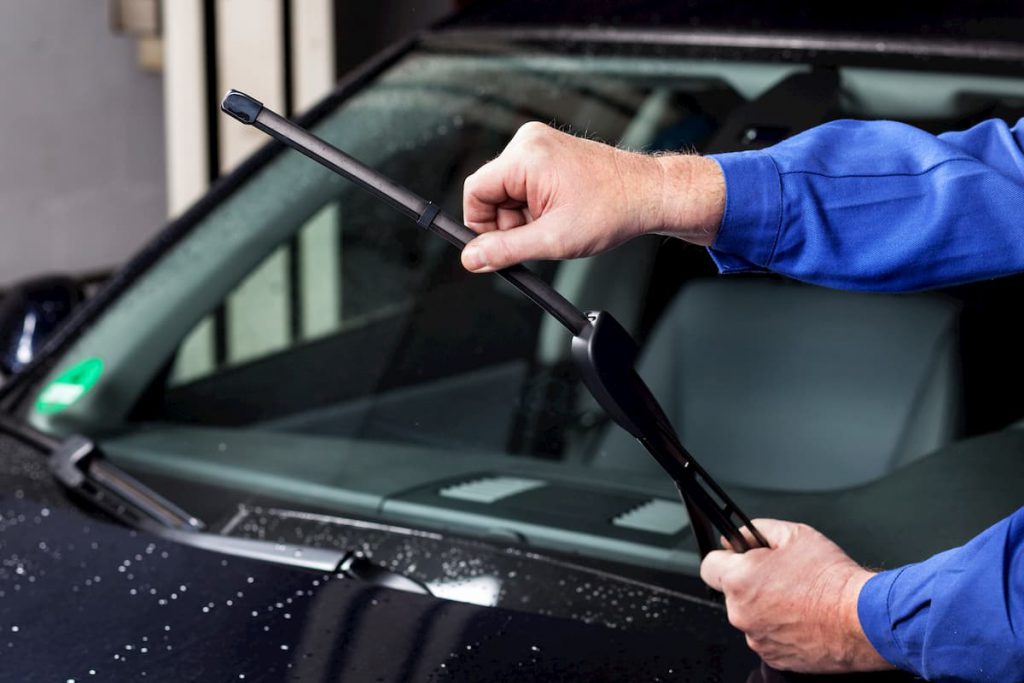
2. Check Your Tyres
Maintaining your tires is crucial, especially during the monsoon season when the roads are wet and slippery. Proper tire maintenance helps ensure optimal traction, handling, and overall safety. Here are some essential points for maintaining your tires during the monsoon.
- Check tire pressure regularly for optimal grip.
- Ensure sufficient tread depth (at least 3mm) for better traction.
- Rotate and balance tires to promote even wear.
- Inspect for damage, such as cuts or bulges.
- Maintain proper wheel alignment.
- Drive cautiously on wet roads, reducing speed and avoiding sudden maneuvers.
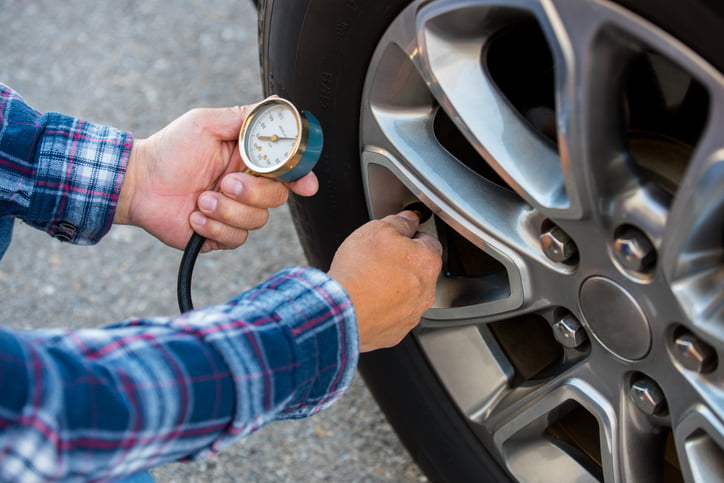
3. Driving Cautiously
One should increase the level of attention while driving in the rain. Firstly, you should increase the distance from the car in the front as increased braking distance caused by lack of grip can lead to a crash. Secondly, you should decrease your speed as lack of grip can easily make you lose control of the car. Thirdly, avoid or slow your car thorough collection of water either it can be a deep pothole or it can be a collection of water both of which can mean serious trouble.

4. Check Your Brakes
Brakes are an essential component of a vehicle, ensuring safe and efficient stopping power. This is especially crucial during the monsoon season when roads can become treacherous due to rain, creating slippery conditions. It’s essential to take extra precautions and maintain your vehicle’s brakes to ensure optimal performance and safety on wet roads.
To prepare your brakes for the monsoon season, regular maintenance is key. Schedule an inspection with a qualified mechanic who can assess the condition of your brake pads, brake fluid levels, brake lines, and other components. They will be able to identify any potential issues or signs of wear and tear that may compromise the effectiveness of your brakes in rainy conditions.
One critical aspect to consider is the condition of your brake pads. Worn-out brake pads may not provide sufficient friction to stop your vehicle effectively, particularly on wet surfaces. If your brake pads are nearing the end of their lifespan, it’s advisable to replace them before the monsoon season to ensure maximum stopping power.
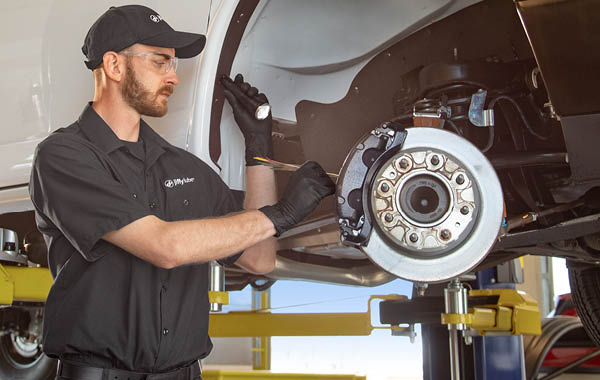
5. How to Avoid Hydroplaning?
Hydroplaning happens when there is too much water for your tires to disperse. It creates a wedge like formation upon which the tires ride, losing all contact with the road. Moreover if it happens to your front tires then you will lose all steering. What’s more the brakes will also stop working properly because of lack of direct contact with the road. Here are a few things which you can follow in order to avoid hydroplaning incidents.
- Check your tyres, make sure there is atleast 3mm of tread in them. Tread helps in dispersing the water so that the tires can make contact with the road.
- Slow down before you see a water collected area or slow down if the whole road is completely wet.
- Apply brakes slowly and calmly.
- Do not press the accelerator harshly or make any harsh steering inputs.
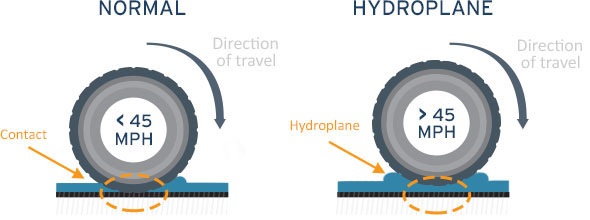
6. Tackling Clogged Roads
In many Indian cities, the lack of proper drainage systems often leads to clogged roads during the monsoon season. To navigate such situations, there are a few precautions you can take. Firstly, assess the water depth by observing other vehicles and people crossing through it. It’s important to know the depth before entering to avoid any clearance issues that could cause engine problems later on, such as the engine refusing to start. Secondly, drive through the clogged area slowly and in a lower gear, preferably 1st gear, to maintain higher revs. This helps prevent water from entering the engine through the exhaust. If you suspect that water has entered the exhaust, do not start the engine to avoid potential damage.
